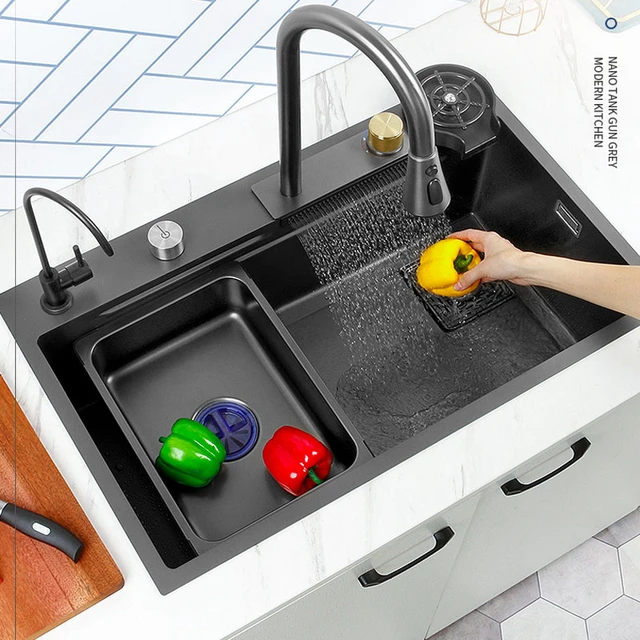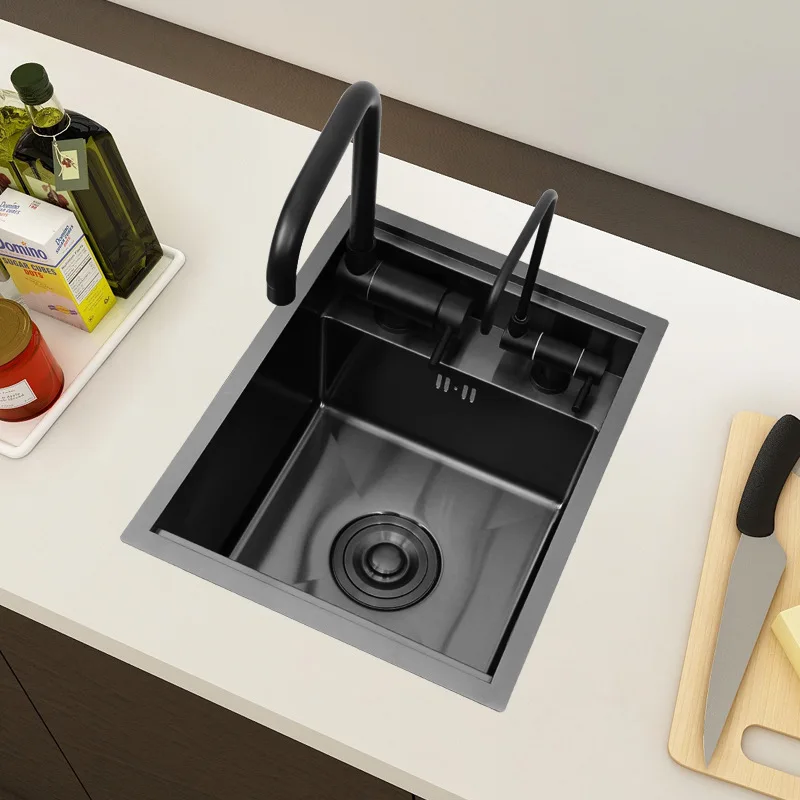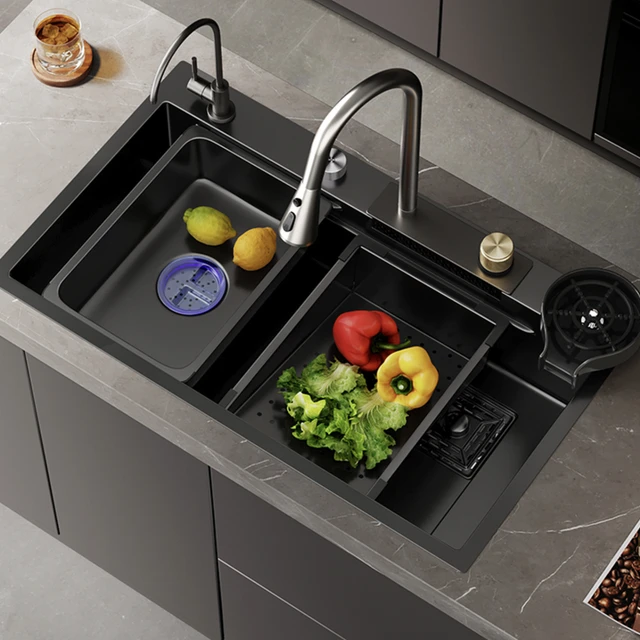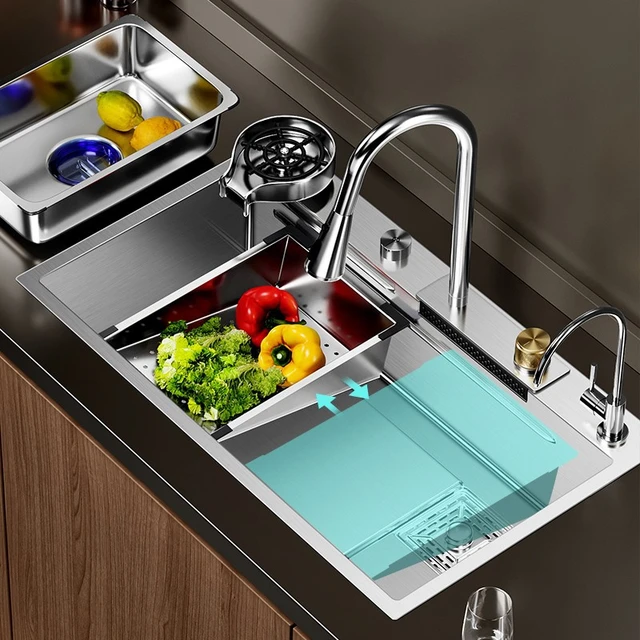How to unclog a kitchen sink with standing water
A clogged kitchen sink is a common household annoyance, often accompanied by a pool of stagnant water that can quickly turn into a breeding ground for bacteria. It can disrupt your daily routines, preventing you from washing dishes, preparing food, or simply enjoying a clean kitchen. However, before calling a plumber, you can tackle this problem yourself with a few simple tools and techniques. This guide will provide a comprehensive overview of how to unclog a kitchen sink with standing water, ensuring a smooth and efficient process.
 Assessing the Situation: Identifying the Culprit
Assessing the Situation: Identifying the Culprit
how to unclog a kitchen sink with standing water
The first step in unclogging your kitchen sink is to identify the source of the problem. This can be crucial in determining the most effective course of action. Here’s a breakdown of potential culprits:
1. Food Debris and Grease:
This is the most common cause of kitchen sink clogs. Food particles and greasy residues can accumulate in the drainpipe, gradually forming a thick layer that restricts water flow.
2. Hair and Other Debris:
Hair, particularly long strands, can easily become entangled in the drainpipe, particularly if there’s a strainer present. Other small debris like fibers from clothes, thread, and even dust can also contribute to the clog.
3. Soap Scum:
Over time, soap scum, a sticky residue left behind by soap and detergents, can build up in the drainpipe. This buildup, combined with other debris, can form a solid blockage.
4. Mineral Deposits:
Hard water, containing high levels of minerals like calcium and magnesium, can lead to mineral deposits forming on the interior walls of drainpipes. These deposits, similar to soap scum, can restrict water flow and eventually cause a complete clog.
5. Foreign Objects:
Accidentally dropping small objects like jewelry, coins, or even small toys down the drain can lead to a blockage. These objects can get lodged in the drainpipe, preventing water from draining properly.
6. Tree Roots
If your kitchen sink drains into a sewer line, tree roots can potentially infiltrate the pipe, seeking water and nutrients. These roots can grow large enough to restrict water flow significantly.
 Step-by-Step Guide to Unclogging Your Kitchen Sink-how to unclog a kitchen sink with standing water
Step-by-Step Guide to Unclogging Your Kitchen Sink-how to unclog a kitchen sink with standing water
Once you’ve identified the possible culprits, you can begin the unclogging process. Here’s a step-by-step guide to effectively clear your sink:
1. Removing Obvious Debris:
- Disassemble the Drain: Carefully remove the drain cover, strainer, or any other removable components of the sink.
- Clear the Visible Debris: Inspect the collected debris for any visible obstructions like food particles, hair, or small objects. Remove these using your hands, a small tool, or a trash bag for easier disposal.
2. The Plunger Method
- Choose the Right Plunger: Select a plunger specifically designed for sinks, featuring a cup-shaped rubber head.
- Seal the Drain: Place the plunger over the drain opening, ensuring a tight seal around the edges.
- Apply Pressure: Move the plunger up and down with a strong, consistent motion. This creates suction and pressure, potentially dislodging the clog.
- Repeat and Release: Continue plunging for a few minutes, then release the plunger and check if the water drains. Repeat the process until the clog clears.
3. Using Baking Soda and Vinegar:
- Combine Baking Soda and Vinegar: Pour a cup of baking soda down the drain, followed by a cup of white vinegar. This mixture creates a fizzy reaction that can help loosen and break down accumulated debris.
- Let It Sit: Allow the mixture to sit in the drain for 30 minutes to an hour, allowing the fizzing action to work its magic.
- Flush with Hot Water: After the allotted time, pour a kettle of boiling water down the drain to flush out the loosened debris.
4. The Handy Snake Tool:
- Select the Right Snake: Choose a drain snake appropriate for the size of your kitchen sink drain.
- Insert and Rotate: Insert the snake into the drainpipe, gently rotating it to navigate through the clog.
- Break Up the Clog: Push the snake further into the pipe, using its hook or bristles to break up the blockage.
- Retrieve the Debris: Once you reach the clog, attempt to remove the debris by pulling the snake back out.
- Flush with Water: After removing the snake, flush the drain with hot water to clear any remaining debris.
5. The Chemical Drain Cleaner Option:
- Cautious Approach: While chemical drain cleaners can be effective, they are also strong and potentially hazardous. Use these products as a last resort and with extreme caution.
- Follow the Instructions: Carefully read and follow the manufacturer’s instructions. Wear protective gloves and ensure adequate ventilation.
- Pour and Wait: Pour the drain cleaner into the drain as instructed, allowing it to sit for the designated time.
- Flush Thoroughly: After the recommended wait time, flush the drain with plenty of hot water to remove any residue from the cleaner.
6. Preventative Measures:
- Preventative Maintenance: To avoid future clogs, implement regular preventative measures:
- Strainers: Use a sink strainer to catch food particles and debris before they enter the drain.
- Grease Trap: If you frequently use oils and fats, consider installing a grease trap to prevent accumulation in the drain.
- Dish Soap: Use biodegradable dish soap to minimize soap scum buildup.
- Avoid Pouring Grease Down the Drain: Dispose of fats and oils in a separate container instead of pouring them down the drain.
- Regular Flushing: Flush the drain with hot water after each use to prevent debris from accumulating.
 Troubleshooting Common Issues
Troubleshooting Common Issues
Even after attempting these methods, you may still face challenges in unclogging your kitchen sink. Here are some common issues and solutions:
1. The Plunger Doesn’t Work:
- Lack of Seal: Ensure the plunger is creating a tight seal around the drain opening. A loose seal can reduce the plunger’s effectiveness.
- Clog Too Deep: The clog might be too far down the drainpipe for the plunger to reach. In this case, consider using a drain snake or chemical cleaner.
2. Baking Soda and Vinegar Not Working:
- Clog Too Severe: For very stubborn clogs, the baking soda and vinegar mixture may not be strong enough to break down the blockage. Try a drain snake or chemical cleaner instead.
- Not Enough Time: Allow the mixture sufficient time to sit and react. Give it at least 30 minutes, and even longer for severe clogs.
3. Drain Snake Gets Stuck:
- Bent Snake: If the snake gets stuck, try gently rotating and pulling it back to free it.
- Excessive Force: Avoid using excessive force, as this could potentially damage the drainpipe. If the snake is stuck, consider using a different method.
4. Chemical Cleaner Doesn’t Work:
- Clog Too Severe: For stubborn clogs, chemical cleaners may not be strong enough. Consider a drain snake or a professional plumber.
- Incorrect Product: Ensure you are using a chemical cleaner specifically designed for kitchen sinks and follow the manufacturer’s instructions carefully.
5. The Clog Returns:
- Incomplete Removal: Make sure you’ve thoroughly removed all debris from the drainpipe.
- Recurring Clog: If the clog frequently returns, you might have a larger underlying issue like a crack or blockage further down the drainpipe. In this case, a professional plumber may be necessary.
 When to Call a Plumber-how to unclog a kitchen sink with standing water
When to Call a Plumber-how to unclog a kitchen sink with standing water
While tackling a kitchen sink clog yourself is usually possible, there are situations where it’s best to call a professional plumber:
- Unresolvable Clog: If none of the above methods work and the clog persists, a plumber can diagnose the problem and provide specialized solutions.
- Sewer Line Issues: If you suspect the clog is in the sewer line, it’s best to call a plumber as they have the tools and expertise to address this problem.
- Leaking Pipes: If you notice leaks while attempting to unclog the sink, call a plumber immediately to prevent further damage.
- Difficult Access: If the drainpipe is hard to reach or has unusual configurations, a plumber can safely access and address the problem.
 Conclusion-how to unclog a kitchen sink with standing water
Conclusion-how to unclog a kitchen sink with standing water
Unclogging a kitchen sink with standing water can be a frustrating experience, but armed with the right knowledge and tools, you can effectively tackle this problem yourself. Remember to identify the potential causes of the clog, follow the step-by-step guide, and implement preventative measures to avoid future blockages. If you find yourself facing a persistent clog or suspect underlying issues, don’t hesitate to call a professional plumber for expert assistance. By combining these techniques and taking preventative measures, you can keep your kitchen sink flowing smoothly and maintain a clean and functional kitchen environment.
